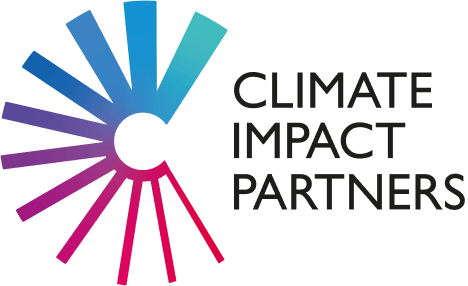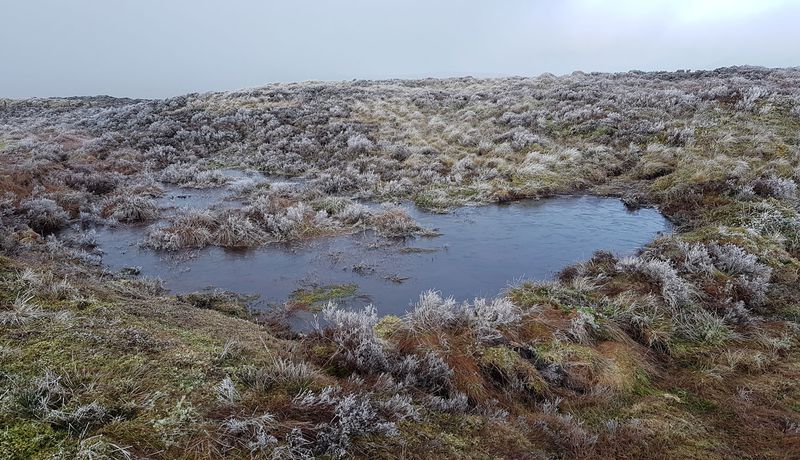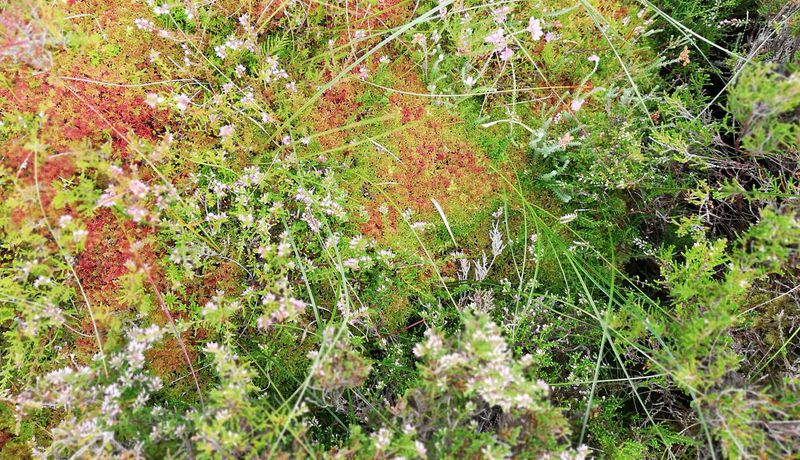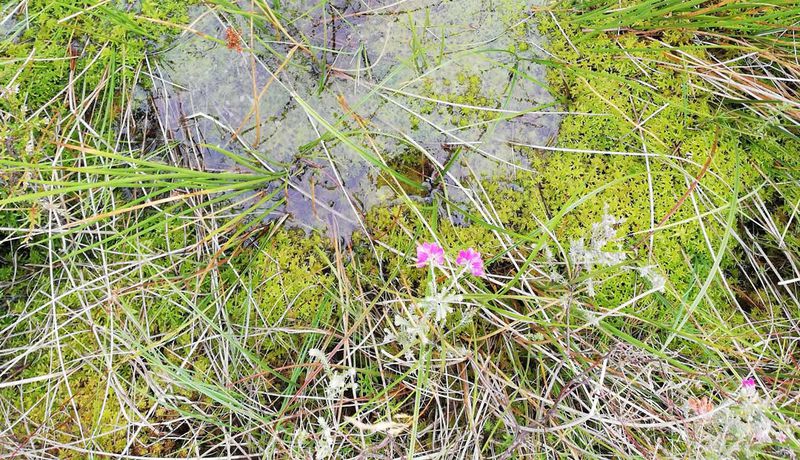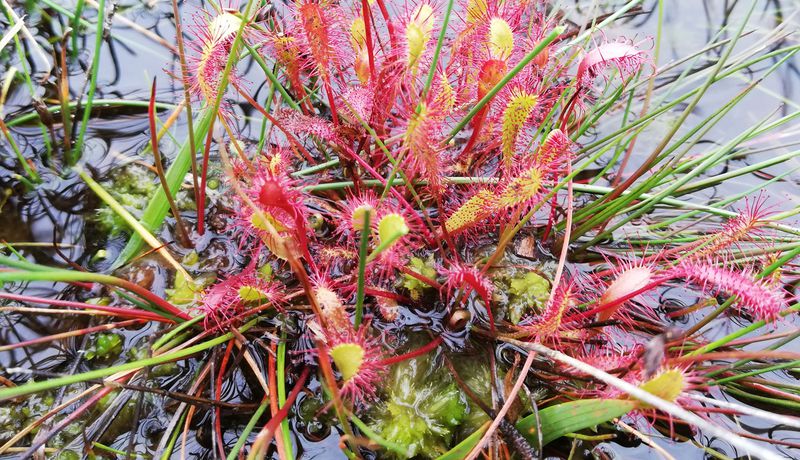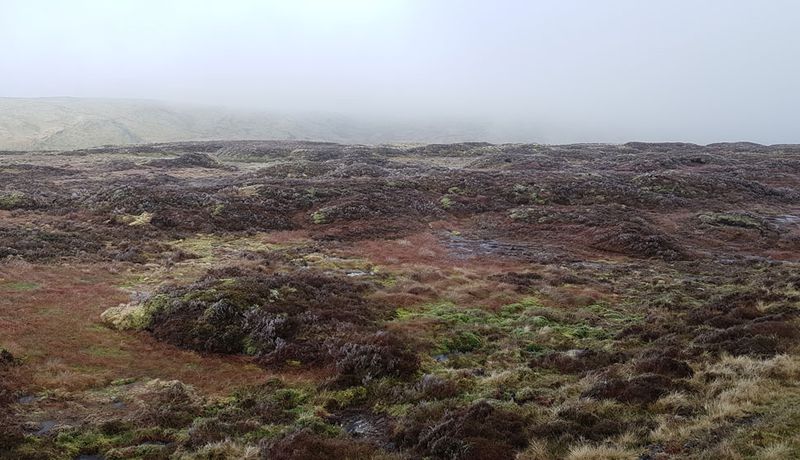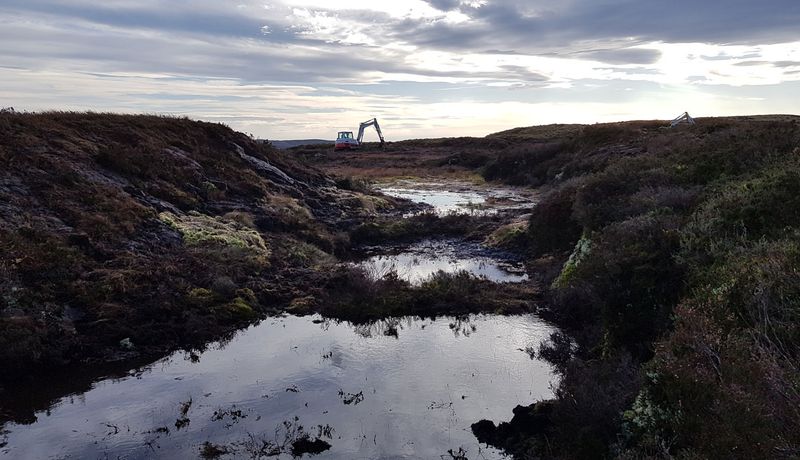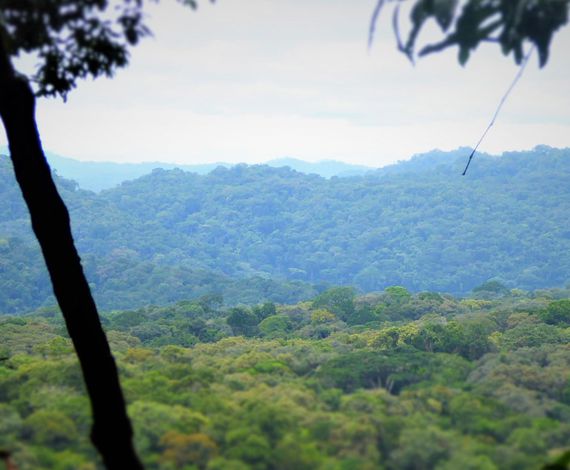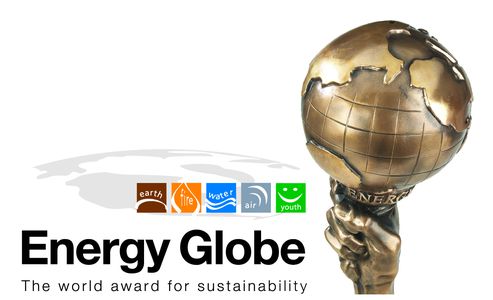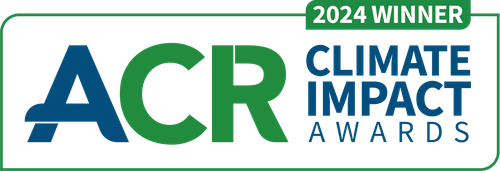The Peatland Code is a voluntary certification standard for UK peatland projects wishing to market the climate benefits of peatland restoration and provides assurances to voluntary carbon market buyers that the climate benefits being sold are real, quantifiable, additional and permanent.
Peatlands, also known as moors, bogs, fens, mires or peat swamp forests, are wetland areas made from layers of waterlogged soils and plants.
Peat is extremely carbon rich as the dead and decaying plant material has accumulated at a very slow rate, sometimes over thousands of years. Unfortunately, over a quarter of peatlands have been destroyed globally and, in the UK, over 80% of peatlands have been damaged. Restoring peatlands is an essential way to protect some of our most valuable natural capital that provides clean drinking water, flood mitigation, wildlife habitat and carbon storage.
Brightly coloured layers of Sphagnum vegetation form peatlands as it slowly decomposes in waterlogged areas to form dark brown wetland peat soils.
In addition to delivering emissions reductions to take climate action (SDG 13), the project delivers additional benefits:
- Clean Water and Sanitation: These projects can improve drinking water quality in the UK.
- Life Below Water: Restored peatland will hold back more water, mitigating the flood potential downstream during heavy rainfall, protecting rivers, streams and reservoirs.
- Life on Land: Peatlands provide habitat for biodiversity, especially insects and birds.
Our goal is to deliver 1 billion tonnes of emissions reductions by 2030
600+ projects have been supported by Climate Impact Partners
100+ million tonnes of emissions reduced through carbon finance
Delivering towards the Global Goals

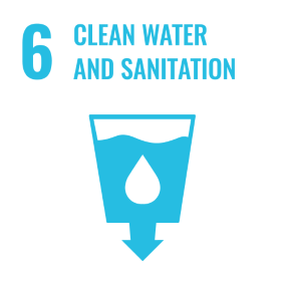
Clean Water and Sanitation
Ensure access to water and sanitation for all
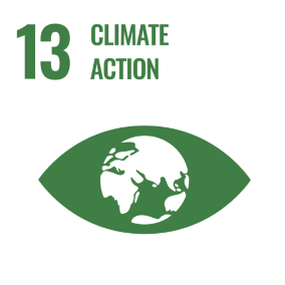
Climate Action
Take urgent action to combat climate change and its impacts
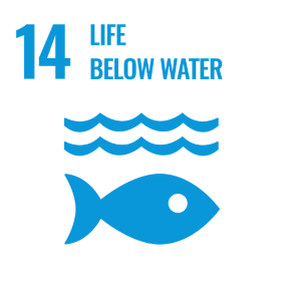
Life Below Water
Conserve and sustainably use the oceans, seas and marine resources


Supporting our projects delivers on multiple UN Sustainable Development Goals (SDGs). You can read more on the Goals below.
Learn more about the global goalsNext Steps
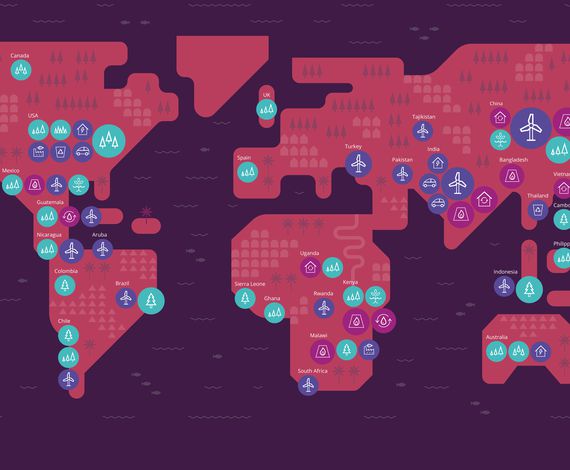
Explore our projects
Explore our range of projects across the globe: nature based solutions, health and livelihoods and sustainable infrastructure.
Explore
Business Solutions
We are the leading solutions provider for carbon offsetting, net zero, carbon neutrality and carbon finance project development.
Read more